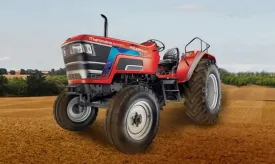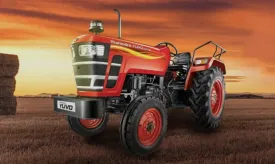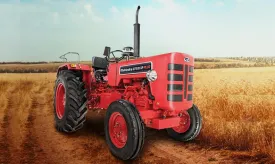Ploughing vs. harrowing: which one should you use on your farm?
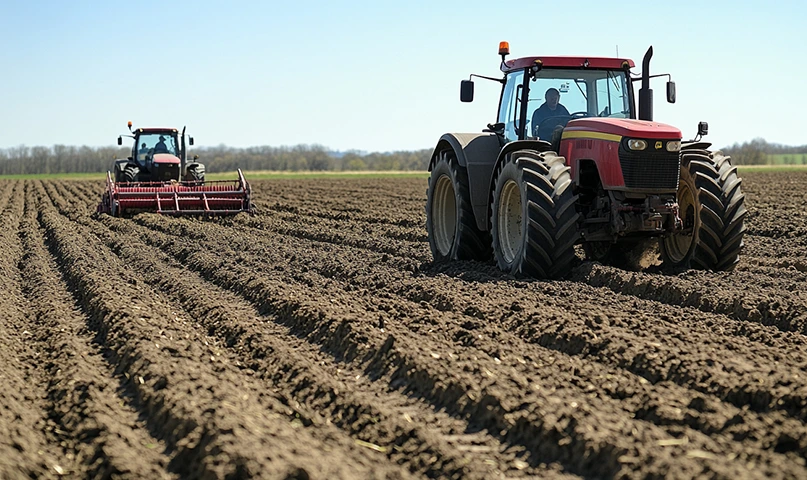
When it comes to preparing your farm for planting, two of the most common tasks are ploughing and harrowing. Both are essential components of soil management, but they serve different purposes and are used at different stages of the farming process. Understanding the differences between ploughing and harrowing—and knowing when and why to use each technique—can significantly impact the success of your crops.
In this blog, we'll take a closer look at ploughing vs. harrowing, what they do, and which one you should use depending on your farming needs.
1. What is Ploughing?
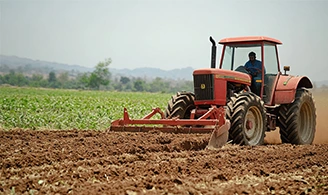
Ploughing is one of the oldest and most fundamental agricultural practices. It involves turning over the top layer of the soil to prepare it for planting. The primary function of ploughing is to break up compacted soil, mix in organic matter, and create a loose seedbed. It is typically done before any sowing or planting takes place.
- Process: Ploughing is typically done using a plough, a tool attached to a tractor that digs into the soil, turns it over, and breaks it into clumps or furrows. This allows the soil to be aerated and prepared for the next steps of the planting process.
- Soil Disturbance: Ploughing causes a significant disturbance to the soil, as it turns over large sections of it and disrupts the natural structure. However, this process is necessary for breaking up hard, compacted soils or to incorporate crop residues and manure into the soil.
2. What is harrowing?
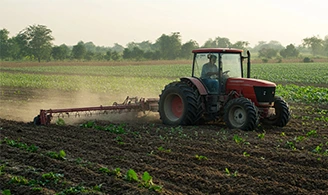
Harrowing is a lighter soil cultivation process that comes after ploughing, or sometimes on its own, to break up clods, smooth the soil, and prepare it for planting. Unlike ploughing, which digs deeper into the soil, harrowing is a more superficial process that creates a finer, more even seedbed.
- Process: Harrowing is typically done using a harrow, which consists of a set of teeth or tines that drag over the soil, breaking up clods and leveling the surface. Harrows can be either disc harrows (which use discs to cut into the soil) or tine harrows (which use rigid or flexible tines to break up the soil).
- Soil disturbance: Harrowing causes less disruption to the soil than ploughing. It's typically used for fine-tuning the soil structure after ploughing to make it smoother, finer, and more ready for sowing.
3. Key differences between ploughing and harrowing
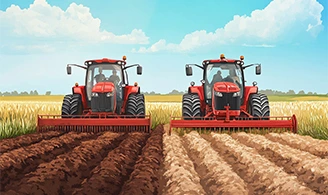
Understanding the key differences between ploughing and harrowing can help you decide which practice to use based on your farming goals and field conditions.
|
Feature |
Ploughing |
Harrowing |
|
Primary purpose |
To break up compacted soil and incorporate organic matter. |
To break up clods, level the soil, and create a fine seedbed. |
|
Depth |
Deeper, usually 5-10 inches (depending on soil type). |
Shallow, usually 1-4 inches. |
|
Soil disturbance |
Causes significant disturbance, turning over large portions of the soil. |
Causes light disturbance, leaving the soil structure largely intact. |
|
Equipment used |
Plough (moldboard plough, disc plough, etc.). |
Harrow (disc harrow, tine harrow, etc.). |
|
When It's used |
Early in the soil preparation process, typically before sowing. |
Later in the soil preparation process, after ploughing, to smooth the soil. |
|
Effect on soil |
Breaks up compacted layers, incorporates organic material, and creates furrows. |
Levels the soil, breaks up clods, and helps prepare an even surface for seeding. |
|
Ideal for |
Compacted, hard soils, or for incorporating crop residues and fertilizers. |
Fine-tuning soil after ploughing for seedbed preparation. |
4. When to use ploughing?
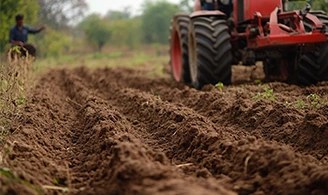
Ploughing is the first step in soil preparation. It's most beneficial when you need to:
- Break up compacted soil: If your field has compacted or hard soil, ploughing is necessary to loosen the soil and allow roots to penetrate more easily.
- Incorporate organic matter: Ploughing helps mix in crop residues, manure, and other organic matter that can improve soil structure and fertility.
- Create furrows for row crops: If you're growing crops that require row planting (like corn, cotton, or potatoes), ploughing creates the furrows where the seeds will be planted.
- Improve drainage: For fields that suffer from poor drainage, ploughing can help break through hard pans or layers of compacted soil, allowing water to drain more easily.
In short, ploughing is ideal when you need to make major changes to the soil structure, prepare for larger-scale planting, or deal with tough soil conditions.
5. When to use harrowing?
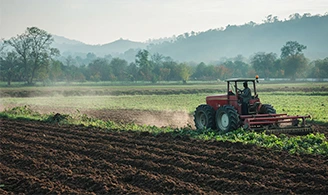
Harrowing is typically used after ploughing to fine-tune the soil surface and prepare it for planting. Use harrowing when you need to:
- Smooth the soil surface: After ploughing, the soil may be left uneven with large clods. Harrowing helps break down these clods, creating a smoother, more even surface.
- Improve seedbed preparation: Harrowing helps to create a finer, more consistent seedbed, which is crucial for the proper germination of seeds.
- Level the soil: If there are any uneven areas in the field after ploughing, harrowing can help level the ground for uniform planting.
- Incorporate fertilizers or amendments: If you've applied fertilizers, harrowing can help mix them into the soil without the heavy disruption of ploughing.
Harrowing is particularly useful for fine-tuning the soil after ploughing and is essential for creating the perfect environment for seeds to germinate and establish roots.
6. Can you use both on the same field?
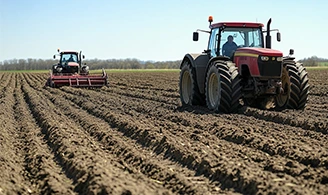
In many cases, both ploughing and harrowing are used in succession, especially for fields that require significant soil preparation. The typical sequence goes like this:
- Ploughing: Start by ploughing the field to break up the soil, incorporate organic material, and create furrows.
- Harrowing: After ploughing, use a harrow to break up clods, level the soil, and prepare a fine seedbed for planting.
Using both techniques together ensures that the soil is thoroughly prepared, leading to better seed germination and overall crop growth.
7. Which one should you use on your farm?
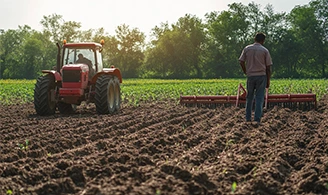
- Use ploughing If:
- Your soil is compacted or hard, requiring significant disturbance to improve soil structure.
- You're preparing for row crops or need to incorporate organic material and fertilizers deep into the soil.
- You need to break through hard layers to improve water drainage.
- The soil is already loose but needs fine-tuning to create an even seedbed.
- You've already ploughed the land and need to break up clods or level the soil.
- You need to prepare the soil for sowing small seeds or when planting crops that require uniform soil depth.
Conclusion
Both ploughing and harrowing are crucial steps in preparing your farm for planting, but each has its specific purpose and benefits. Ploughing is essential for breaking up tough soils and incorporating organic matter, while harrowing smooths the soil and prepares a fine seedbed. Often, both processes are used together to ensure that the soil is properly prepared for optimal seed germination and healthy crop growth.
By understanding when and how to use each method, you can ensure that your land is well-prepared, leading to a more successful and productive farming season.












